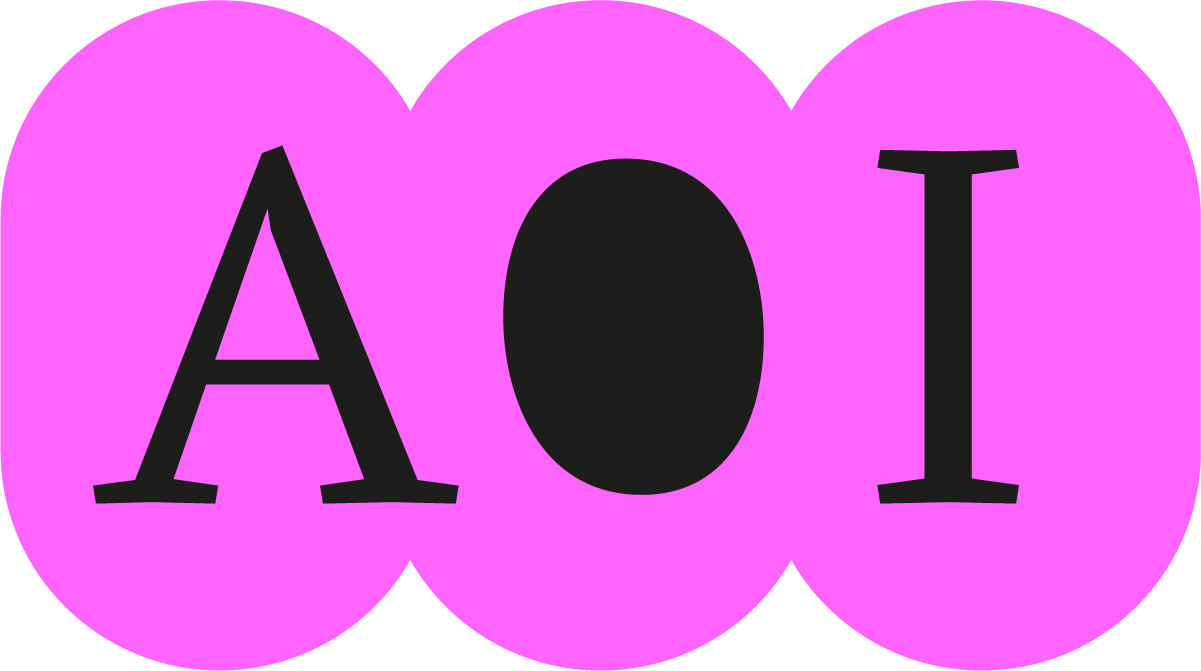Making nothing out of something works – it does something. Revisiting New Yorker (An-)architect Gordon Matta-Clark’s Conical Intersect (1975) and Splitting (1974) and discussing Bologna based street artist Blu’s intentional destruction of his own murals in 2014 and 2016, I further explore the idea of making nothing and how this can function as an intervention, in architecture, art and gender.
Unbuilding – Nothing as space
In a captivating talk on October 16th, Jack Halberstam introduced the audience in the KuMu Basel to interesting connections of the ideas of Anarchitecture and Unbuilding Gender. He referenced works by Matta-Clark in the 1970-ies, such as the piece Conical Intersect (1975), made for the Biennale de Paris, which entailed cutting a cone-shaped hole into two old townhouses from the 17th century. They were to be torn down in order to make room for the new Centre Georges Pompidou.

- Gordon Matta-Clark and Gerry Hovagimyan working on Conical Intersect, 1975. Source.
The piece opened a space within the townhouses that enabled new perspectives into the buildings and also new perspectives onto the surrounding neighbourhood. It called attention to the change that was about to take place by performing the possibility of deconstructing and opening space for construction. Being able to have a look into the skeleton of these massive buildings laid bare their constructedness and emphasised the moment of being ‘in-between’ – of the ‘nothing’ that will be filled again – in a way that is not yet clear.
Matta-Clark’s previous piece Splitting (1974) entailed splitting a detached single family house into two and thereby also laying bare the inside, the constructedness of the house and making it completely unfunctional for its original purpose. Seeing the house split intervenes with the whole sense of the bourgeois nuclear family.

Unpainting – Nothing as surface
A further and rather current example of making nothing out of something are the destructions of street artist Blu’s murals in Bologna and in Berlin. Blu is a Bologna based artist whose impressive, political murals have been appearing on facades in European cities and in South, Central and North America since 1999, critically addressing capitalism, consumerism and the destruction of nature. When in 2016 Blu’s hometown was hosting the exhibition “Street Art – Banksy & Co.” the street art scene was irritated by a sudden change of attitude from despising street art as vandalism to cherishing and institutionalising it into the museum. Having already been displeased with the commercial tourist guide tours around the street art in Bologna, Blu took action when the curators for said exhibition took down seven of his big murals in the industrial neighbourhood and transported them into the museum – without asking the artist’s permission: Blu covered up all his street art in Bologna with gray paint, before the exhibition opened.
A similar case happened in Berlin, where Blu covered up his two famous murals at Cuvrystraße after learning that a housing complex would be built next to the spot with a plain view on the paintings – this location would increase the value of the apartments and therefore commodify the mural. As the artist wanted to destroy the painting, I am only showing the result here, a big black surface, ready to be painted anew.

Both these interventions by the artist via destruction and creation of nothing are a clear statement against the cities capitalizing on his artwork. They penalize the profiteers and the admirers of the artwork at the same time and call attention to the institutionalizing and commodifying of public and locally rooted art. They point towards the original idea of a right to the city. #rechtaufstadt!
Undoing – Erasing gender-roles
I would like to close coming back to the quote by Richard Buckminster Fuller by which Jack Halberstam opened his talk:
I live on earth at present, and I don’t know what I am. I know that I am not a category. I am not a thing – a noun. I seem to be a verb, an evolutionary process – an integral function of the universe.
Being able to unbuild gender, to break down gender roles, ‘making them nothing’ would mean opening up a free space for action and performance for everyone, without specific performances putting the performers into specific, constricting, fixed categories. We are all in constant evolution and should be allowed to build and unbuild our performances of being in the world as we want – as we are our own authors.
Surely, ‘nothing’ is a space of creativity and implies being in process. Be it in architecture, art or gender, a moment of destruction of original structures, productions and roles creates an atmosphere in which a constant building and unbuilding can take place on various levels. In a utopia, individuals are not sanctioned for this, but are rather enriching each other. So, let us unbuild and then create away! And then destruct, intervene, again!
Text by Stephanie Zundel.
Sources (regarding Blu):
Gehört Street-Art ins Museum?, URL [accessed on 30.10.18].
The Guardian (17.3.16): Blu v Bologna: new shades of grey in the street art debate, URL [accessed on 30.10.18].
Urban Art Künstler Blu übermalt alle seine Bilder auf den Straßen von Bologna, URL [accessed on 30.10.18].
Blu lässt Wandbilder auf der Cuvrybrache in Berlin schwarz übermalen, URL [accessed on 30.10.18].
Wikipedia: Blu (artist), URL [accessed on 3.11.18].
Wu Ming Foundation: Street Artist #Blu Is Erasing All The Murals He Painted in #Bologna, URL [accessed on 30.10.18].

